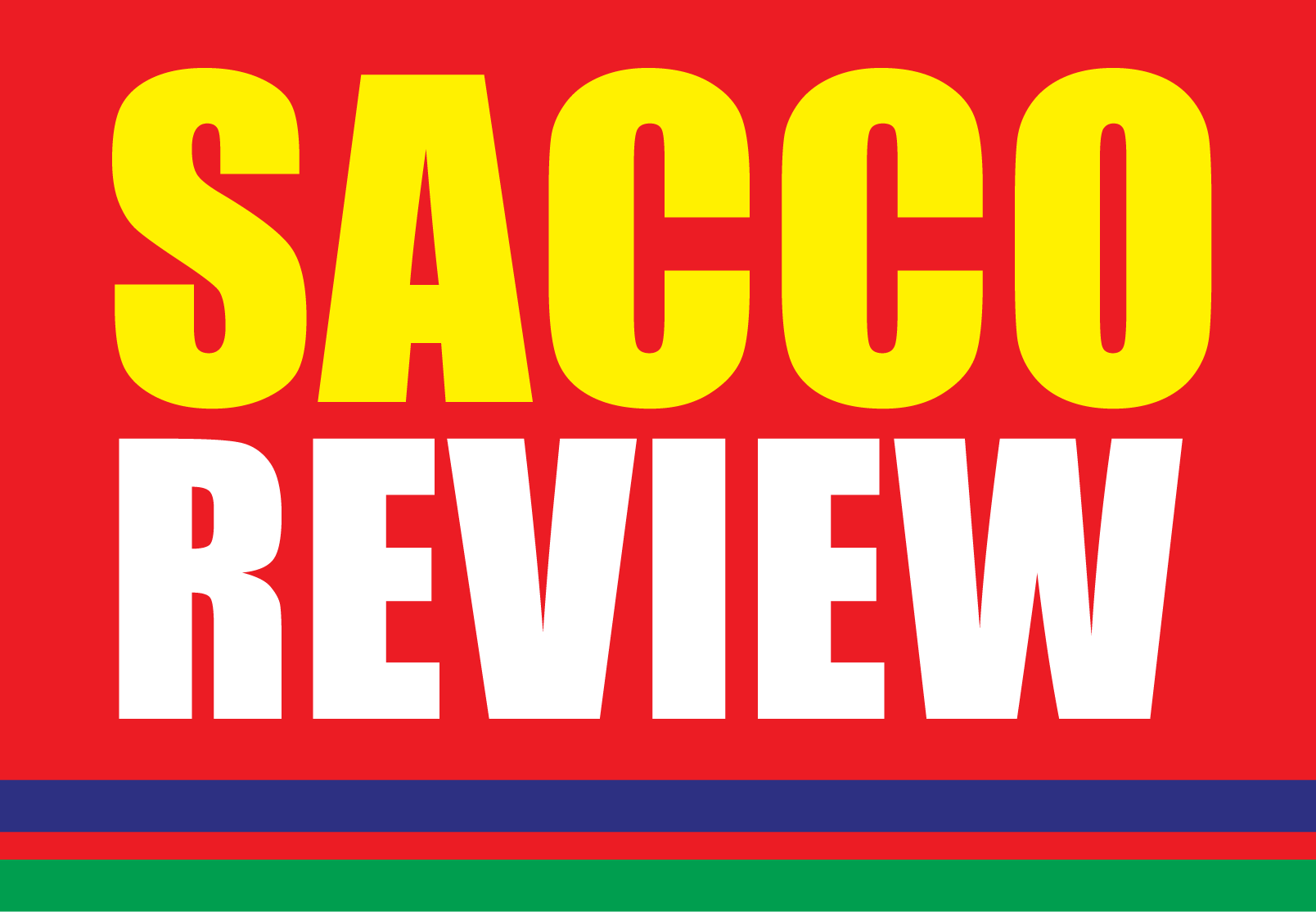Saccos benefit many people and in their daily activities they are exposed to a variety of risks — either internal or external. Internal risks are those within the organisation while external risks are outside the control of the Saccos.
These risks make Saccos fail to meet their goals and members are the one affected. Among others these risks include legal, financial, operational, environmental, technological, and social.
Saccos need to have a working plan on how to mitigate these risks effectively.
Risk management involves the identification, evaluation, and prioritising of risks so to minimize, monitor, and control the probability or impact of unfortunate events or to maximize the realization of opportunities.
Some of the strategies include;
Develop a risk management policy
The Saccos should develop a strategy on how to address any risk that they may experience in place to identify, assess, and manage risks and they should be adhered to by all staff members.
Member needs, regulatory requirements, and industry trends are not constant, hence you should always look for ways to adjust and adapt. Therefore, all the strategies and policies mentioned above should be reviewed and updated on a regular basis.
Create an audit committee
Saccos should set up Audit Committees to be incharge of financial reporting and risk management activities. These Committees should be fed with regular reports on Sacco’s financial position and risk management activities. The Audit Committees from time to times should review Saccos financial report to ensure they are sound.
Notably, Audit Committee should work hand in hand with internal auditor to ensure all operations especially financial are okay. Also, they should receive should report from external auditor on the position of the Sacco.
Use technology to comply with Sacco regulations
Saccos encounter many challenges and they need to use technology to comply with the ever-changing regulations as a means of risk management. Technology helps Saccos create a proactive approach to compliance beyond monitoring and reporting.
Thus, Saccos should invest in immensely in IT infrastructure to support their day-to-day operations. Some of the regulations include systems for regulating transactions and reporting requirements.
Develop a Cybersecurity Policy
The Sacco should ensure members’ information is fully protected and secured.
Therefore, a Sacco should develop a plan to protect members’ data from cybersecurity threats like phishing, malware, and ransomware. This plan will guide the Sacco to develop strategies that will aid in protecting the firm from cyberattacks.
Clearly outline the role of the Sacco management
Sacco management oversees the operations of the society by ensuring it is financially sound and compliant with all regulations. Also it makes and implements strategic plans to ensure the short and long-term goals of the Sacco are achieved.
Develop a debt collection plan
The sound path to be followed when collect debt ensures proper care and preservation of its finances. The plan will assist the personnel tasked with the debt collection exercises in their efforts.
Use a reliable core banking system
Core Banking System is vital when it comes to risk management. This system enables the firm to keep track of member deposits and loans. This centralized system helps Saccos to monitor any risk and immediately address them.
Saccos face a lot of risks and as technology, regulatory demands, and members’ needs advance, new risks will keep on coming.
By our reporter
Get more stories from our website: Sacco Review.
For comments and clarifications, write to: Saccoreview@
Kindly follow us via our social media pages on Facebook: Sacco Review Newspaper for timely updates
Stay ahead of the pack! Grab the latest Sacco Review newspaper!



